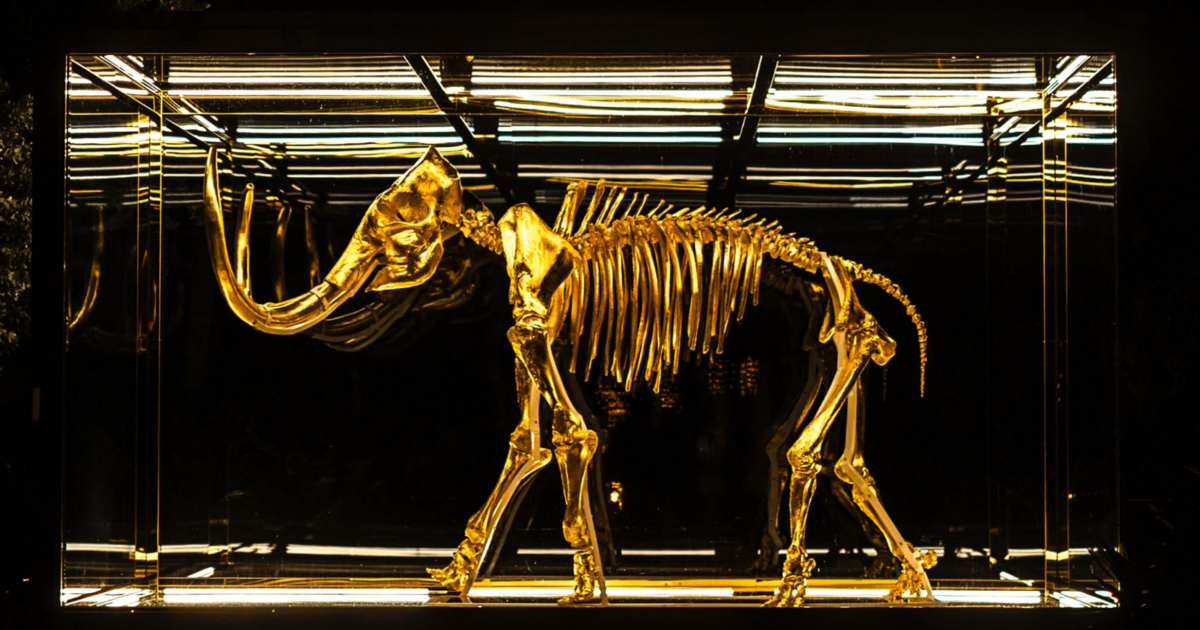The Castle of the Warmia Chapter, Olsztyn, Poland
In the 1470s, a cylindrical, 40-meter tower with a square base was built. A drawbridge on the side of the Łyna River led to the castle, which was surrounded by defensive walls and a moat. The castle walls were partially connected to the city walls, making the castle a powerful bastion defending the town.
The castle belonged to the Warmian Chapter, which was under the military protection of the Teutonic Order until 1454. In 1410, the castle surrendered without a fight to the Polish troops of Janusz I of Masovia. After a few years, it briefly returned to the Teutonic Knights. During the Thirteen Years’ War (1455), the castle in Olsztyn was captured by mercenary troops commanded by Jerzy von Schlieben, serving the Order. In 1466, Olsztyn along with Warmia was incorporated into Poland.
In the 16th century, the castle interiors were rebuilt. From 1516 to 1521, the administrator of the chapter’s estates was Nicolaus Copernicus, who in 1520 led the castle’s defense during the last Polish-Teutonic war.
During the Swedish Deluge, the castle was looted. After the First Partition of Poland, it was taken over by the Prussian administration. In the 18th and 19th centuries, the castle was rebuilt and connected with the city.
Between 1909 and 1911, the castle was designated as the residence of the East Prussian regional president. Today, it houses the Museum of Warmia and Mazury as well as the Knightly Brotherhood with an exhibition dedicated to Copernicus. On the castle’s cloister, you can admire a handcrafted, experimental astronomical table of Nicolaus Copernicus.
#olsztyn #zamek #castle #polska #poland #warmia #architektura #architecture #gothic #gothicarchitecture #widok #landscape #krajobraz #historia #history #kopernik #copernicus #mikolajkopernik #nicolauscopernicus






















